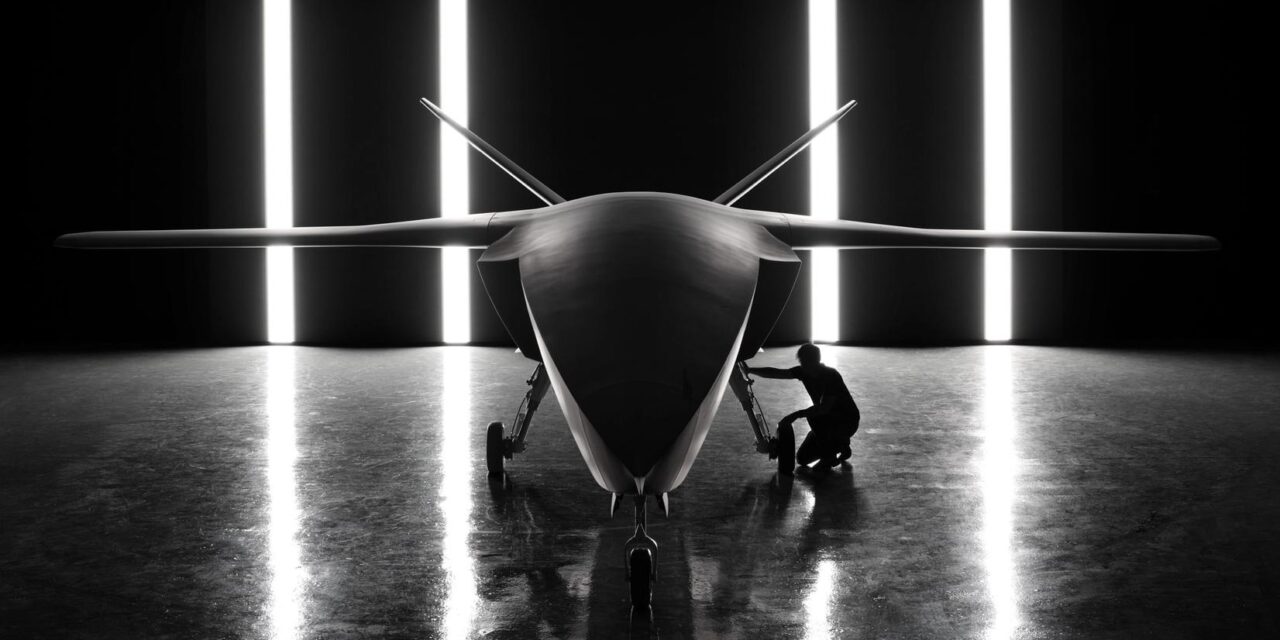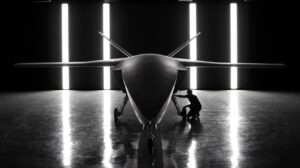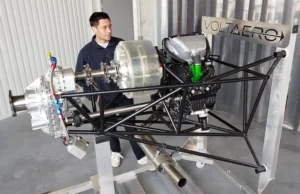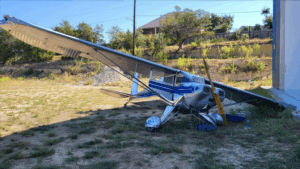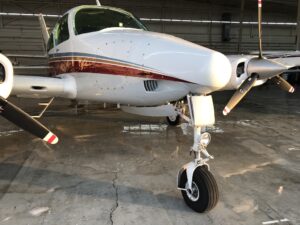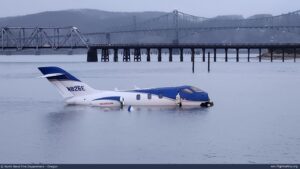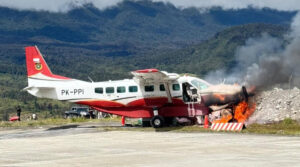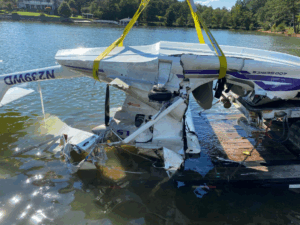In September 2025, the Helsing CA-1 Europa combat drone made its global debut as a bold entrant in the race for autonomous air combat. This three-to-five ton class UCAV (Uncrewed Combat Aerial Vehicle) is being pitched as a mass-producible, AI-driven wingman that can operate solo or in swarms. With its full-size mockup unveiled in Bavaria, the CA-1 Europa already commands attention from defense ministries and drone developers alike. (The Aviationist) Helsing unveils CA-1 Europa autonomous UCAV
The Rise of the CA-1 Europa
The focus keyphrase: Helsing CA-1 Europa combat drone anchors this story in the moment when Europe sought to close the gap in high-end autonomous air dominance. Helsing, a German-French defense startup founded in 2021, acquired Grob Aircraft in mid-2025 to gain the manufacturing capability needed for full-size combat aircraft. (Helsing press release) Helsing unveils CA-1 Europa
When shown at Grob’s Tussenhausen facility, the CA-1 Europa bore a sleek, angular fuselage, twin canted tails, and a stealth-like external form. Its mock-up hints at internal weapons bays, modular payload interfaces, and sensor pods. (AeroTime) AeroTime: Helsing unveils CA-1 Europa
Helsing says the first flight is planned for 2027, with full operational capability by 2029-2031. (Breaking Defense) Helsing targets 2029 entry
Design Architecture & Autonomy
At ~11 meters long with a 10-meter wingspan, CA-1 Europa aligns with typical loyal wingman designs. (Wikipedia) CA-1 Europa specs Its weight class is estimated around 4 tonnes. The aircraft is tailored for high subsonic speeds, advanced maneuverability, and low-observable signature with internal weapons carriage. (Aviationist)
Under the hood lies the Centaur AI pilot stack, a neural reinforcement-learning system that Helsing previously demonstrated integrated with a Saab Gripen jet. Centaur is intended to control tactical maneuvers, target selection, formation flight, and adaptive decision-making. (Helsing press release)
Beyond Centaur, the architecture includes Cirra for electronic warfare algorithms and Symphony for mission orchestration among multiple platforms. (Helsing AI) The platform’s modular architecture allows sensors, communication gear, and self-protection systems to evolve rapidly.
Strategic Role & Mission Concepts
Unlike traditional drones, the CA-1 Europa is designed as a combat-capable “wingman” that can fly alongside crewed aircraft or in swarms. It may perform suppression of enemy defenses (SEAD), intelligence, surveillance, reconnaissance (ISR), and electronic warfare roles. (The Aviationist)
Helsing positions CA-1 as a solution for scalable air dominance—allowing European nations to procure counts of autonomous jets at a lower “fractional cost” compared to manned fighters. (Reuters) Helsing unveiled Europa
The strategy is to build “intelligent mass”—deploy many moderately capable but cheap-to-produce platforms rather than rely on a few expensive high-end fighters. Helsing’s marketing emphasizes sovereignty, lower logistics burden, and adaptability over traditional fighter rigidity.
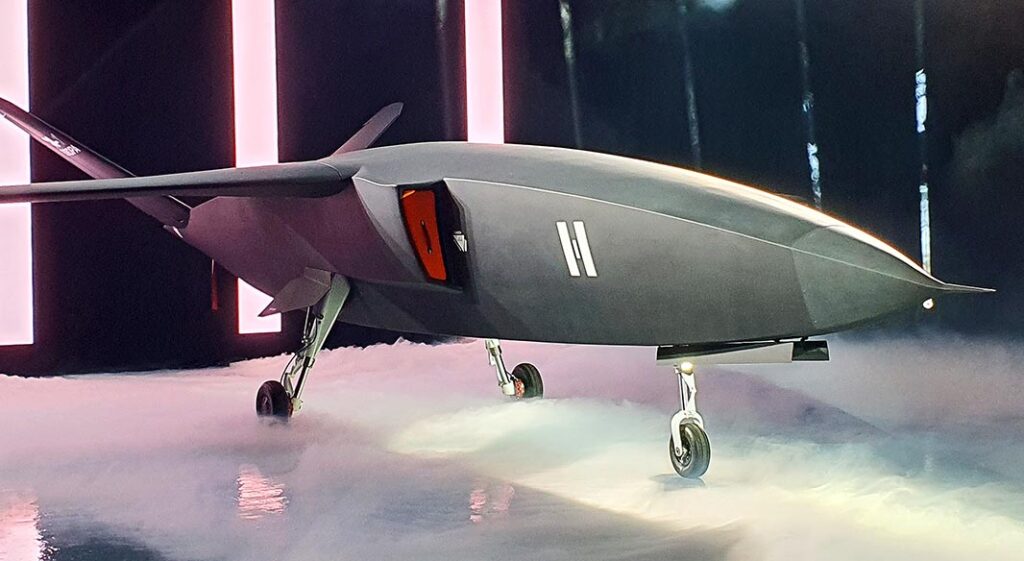
Challenges & Risks Ahead
While the mockup is compelling, many technical and organizational challenges await:
- Autonomy validation in contested environments. No AI can fully anticipate adversary jamming, spoofing, or dynamic threat adaptation.
- Reliability and redundancy. Single-point failures in avionics or data links could jeopardize entire missions.
- Airworthiness and regulation. Unlike commercial aircraft, combat drones must navigate classification, certification, and export controls.
- Payload limitations. Helsing has not publicly revealed payload weight or weapon types—these constraints will dictate mission envelope.
- Counter-UAV and EW threats. Enemies will actively target, jam, or spoof drones. Robust self-protection and stealth will matter heavily.
Additionally, Helsing must scale from software to full aircraft production—an ambitious transition for a company whose pedigree was primarily AI and tactical drone systems until now.
Industry Response & Competitive Landscape
The unveiling of CA-1 Europa sparked rapid commentary across aerospace and defense media. The Aviationist praised its modularity and design fidelity. AvWeb called the 36-foot drone a “bold entry into Europe’s UCAV arms race.” (AvWeb) New 36-Foot Combat Drone Revealed
Analysts compare it to the MQ-28 Ghost Bat, Boeing’s loyal wingman drone, citing similar layout and intent. (The War Zone) Helsing looks like MQ-28
European defense firms such as Airbus and Kratos are already working on UCAV or manned-unmanned teaming concepts. CA-1 Europa will not be alone. (Breaking Defense)
Governments in Germany, Sweden, and the UK are watching closely for procurement plans to move beyond concepts. The emphasis on European technological sovereignty fuels strong national interest. Helsing’s claim to minimize dependence on non-European supply chains also resonates politically.
Recommendations & Best Practices
To maximize CA-1 Europa’s success and safety, several actions could strengthen prospects:
- Iterative flight testing and validation beginning with low-risk missions and incrementally increasing complexity.
- Robust simulated testing under jamming, cyberattack, and formation splits.
- Sensor fusion and redundancy to limit single-point failures in navigation or targeting.
- Open standard interfaces to allow third-party sensors and weapons integration—avoid vendor lock-in.
- Regulation engagement early—collaborate with European aviation authorities (EASA, NATO) on unmanned combat rules.
- Ethical & security oversight—autonomous systems must incorporate human-in-the-loop options, rules of engagement, and safeguards to minimize misidentification.
Broader Significance & Outlook
With the CA-1 Europa, Helsing stakes a claim in the emerging era of autonomous air combat. This is more than another drone—it’s a signal that scale, AI, and modular design may define the future of air warfare. The ambition aligns with broader trends: the U.S. AFRL’s Collaborative Combat Aircraft, Airbus’s Wingman concepts, and global decoupling of sovereignty in defense tech.
If Helsing can deliver on reliability, mission assurance, cost control, and regulatory acceptance, CA-1 may shift how European air forces build mass, not just power. But the path is steep—autonomous systems must survive real conflict stress, integration complexity, adversary countermeasures, and evolving airspace regulation.
In a future where intelligent drones become “fighters for hire,” how will we define responsibility, accountability, and oversight when a solo AI-controlled jet acts in combat?

